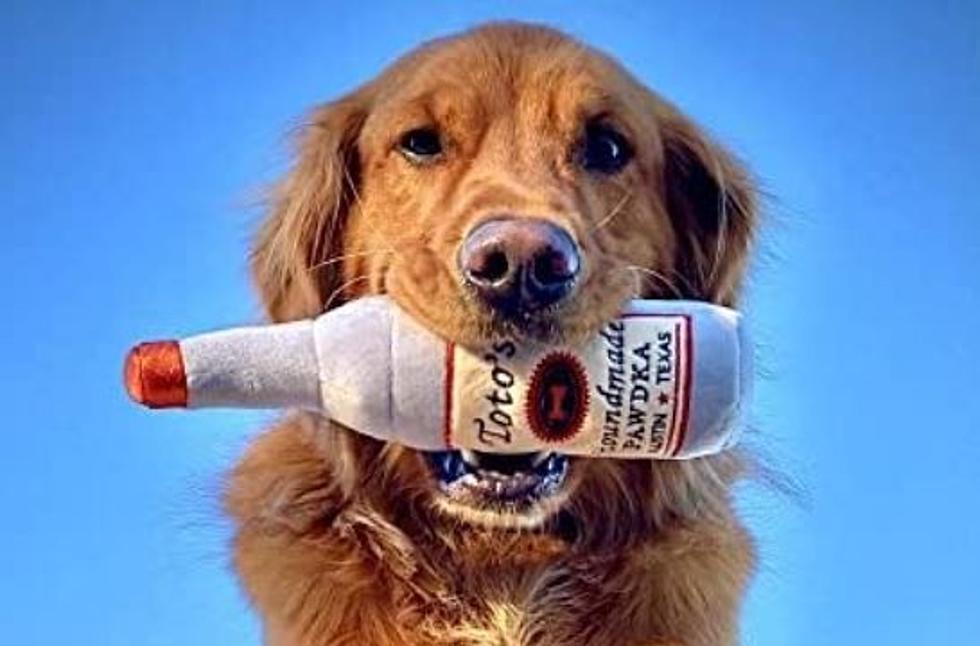
Halloween Traditions Today’s Trick-or-Treaters Have Forgotten About
Halloween has always been a holiday filled with mystery, magic and superstition, not people in costume beggin for candy. It began as a Celtic end-of-summer festival during which people felt especially close to deceased relatives and friends. For these friendly spirits, those left behind would set places at the dinner table, left treats on doorsteps and along the side of the road and lit candles to help loved ones find their way back to the spirit world.
In the late 1800s Americans made a move to mold Halloween into a holiday more about community and neighborly get-togethers than about ghosts, pranks and witchcraft.
Halloween parties for both children and adults became the most common way to celebrate the day. Parties focused on games, foods of the season and festive costumes.
But what about the Halloween traditions that today's trick-or-treaters have forgotten all about? Believe it or not many rituals focused on the future instead of the past and the living instead of the dead.
For example many had to do with helping young women identify their future husbands and reassuring them that they would someday,with luck, by next Halloween be married. Watch out fellas! .
In 18th-century Ireland, a matchmaking cook might bury a ring in her mashed potatoes on Halloween night, hoping to bring true love to the diner who found it.
In Scotland, fortune-tellers recommended that an eligible young woman name a hazelnut for each of her suitors and then toss the nuts into the fireplace. The nut that burned to ashes rather than popping or exploding, the story went, represented the girl's future husband.
Another tale had it that if a young woman ate a sugary concoction made out of walnuts, hazelnuts and nutmeg before bed on Halloween night she would dream about her future husband.
Young women tossed apple-peels over their shoulders, hoping that the peels would fall on the floor in the shape of their future husbands' initials; tried to learn about their futures by peering at egg yolks floating in a bowl of water; and stood in front of mirrors in darkened rooms, holding candles and looking over their shoulders for their husbands' faces.
Other rituals were more competitive. At some Halloween parties, the first guest to find a burr on a chestnut-hunt would be the first to marry; at others, the first successful apple-bobber would be the first down the aisle.
It seems that Halloween was all about landing a Husband not about candy and costumes.
More From 1025 KISS FM









